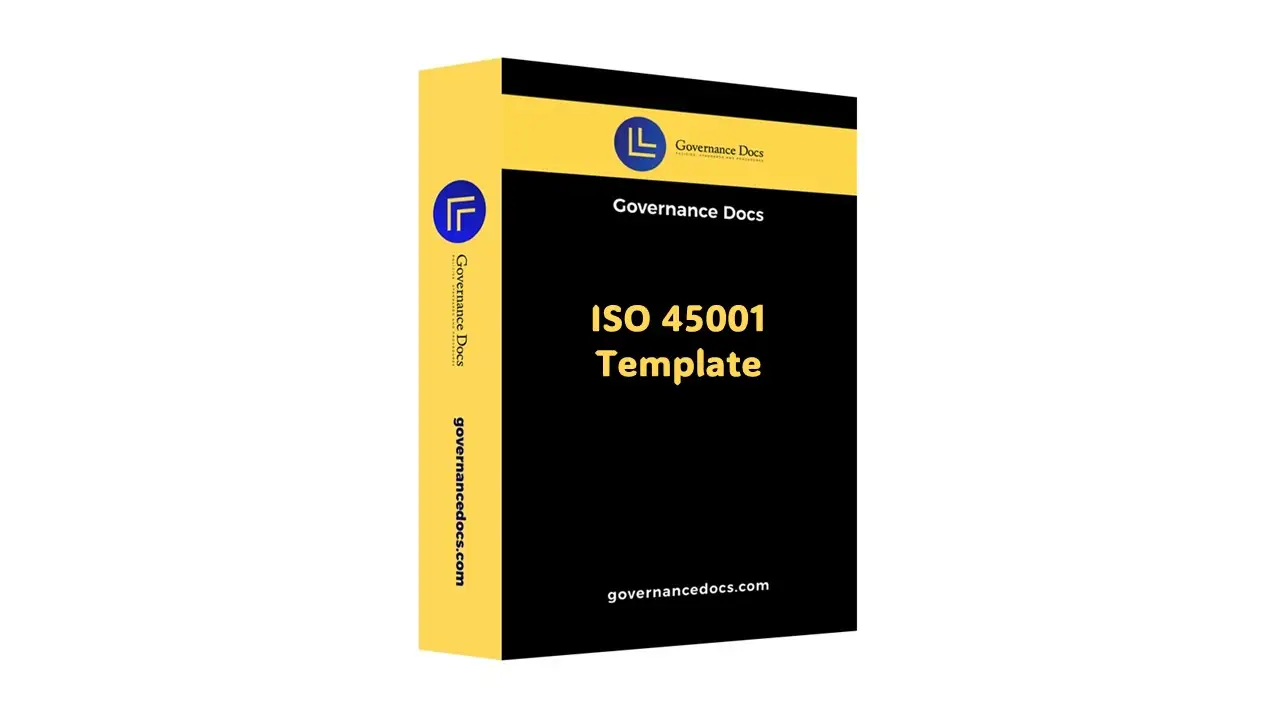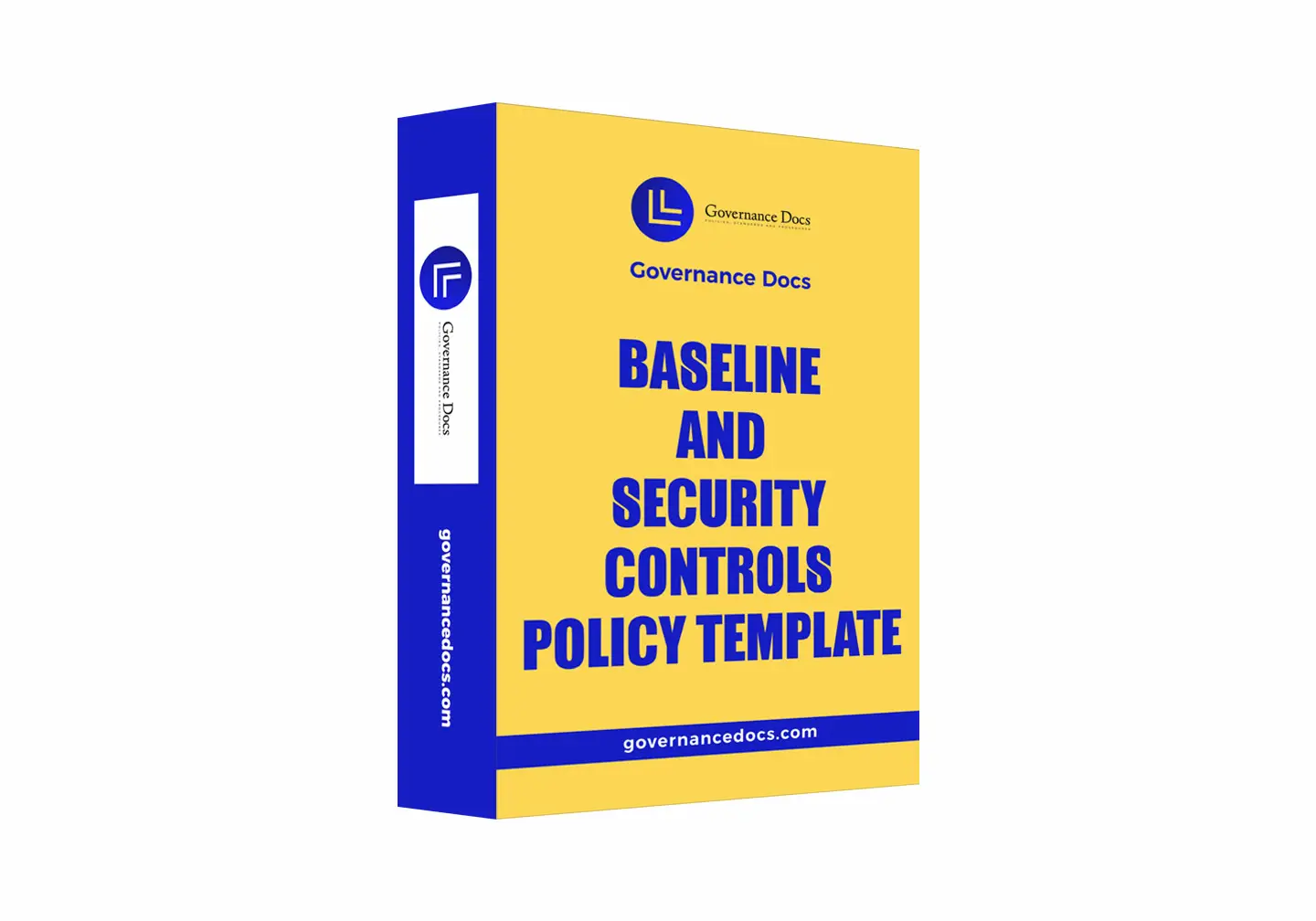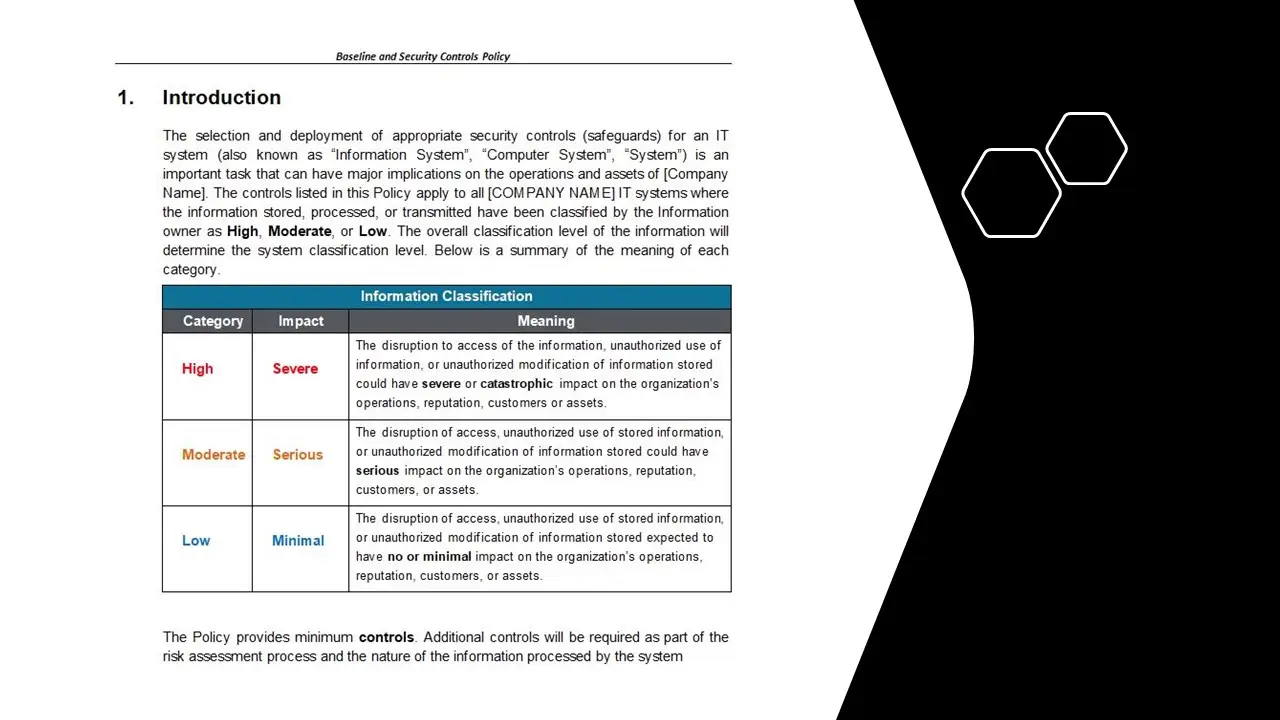Procedure for Calibration
In the bustling world of industrial operations, precision is paramount. The “Procedure for Calibration” emerges as a beacon of accuracy and reliability, a meticulously structured guide designed to ensure that every piece of equipment and instrument operates at its optimal potential. This product, identified by the number 8022, is not just a manual; it is a comprehensive pathway to achieving excellence in compliance with the stringent ISO 45001 requirements.
Imagine a world where every measurement is exact, where every reading is reliable, and where the margin for error is virtually eliminated. The Procedure for Calibration is crafted to transform this vision into reality. It serves as an indispensable tool for organizations committed to maintaining the highest standards of safety and efficiency. By adhering to this procedure, companies can ensure that their equipment and instruments are not only compliant with international standards but also perform with unparalleled precision.
Key features of this procedure include a step-by-step guide that simplifies the complex process of calibration. It demystifies the technicalities involved, making it accessible to both seasoned professionals and newcomers in the field. The procedure is designed to be user-friendly, with clear instructions and detailed illustrations that guide users through each phase of the calibration process. This ensures that even the most intricate equipment can be calibrated with ease and confidence.
The benefits of implementing the Procedure for Calibration are manifold. Firstly, it enhances the accuracy of measurements, which is crucial in industries where even the slightest deviation can lead to significant consequences. Secondly, it extends the lifespan of equipment by ensuring that they are regularly maintained and calibrated, thus preventing wear and tear caused by inaccuracies. Thirdly, it fosters a culture of safety and compliance within the organization, as adherence to ISO 45001 standards is not just a regulatory requirement but a commitment to the well-being of employees and the environment.
The value proposition of the Procedure for Calibration lies in its ability to transform operational efficiency. By ensuring that all equipment and instruments are calibrated correctly, organizations can minimize downtime, reduce maintenance costs, and enhance productivity. This procedure is not just a tool; it is a strategic asset that empowers businesses to achieve their operational goals while maintaining the highest standards of safety and quality.
Categorized under “All Products” and “ISO 45001,” the Procedure for Calibration is a testament to the importance of precision in today’s industrial landscape. It is a product that embodies the principles of accuracy, reliability, and compliance, offering organizations a robust framework to navigate the complexities of equipment calibration.
In conclusion, the Procedure for Calibration is more than just a procedural document; it is a cornerstone of operational excellence. It provides organizations with the tools they need to ensure that their equipment and instruments are always in peak condition, thereby safeguarding their operations and enhancing their competitive edge in the market.
All GovernanaceDocs documents are developed based on well-known standards such as NIST CSF, ISO 27001, ISO 22301, PCI-DSS and HIPAA.
Hence, You just need to download and selected document and add your company name and logo.










Reviews
There are no reviews yet